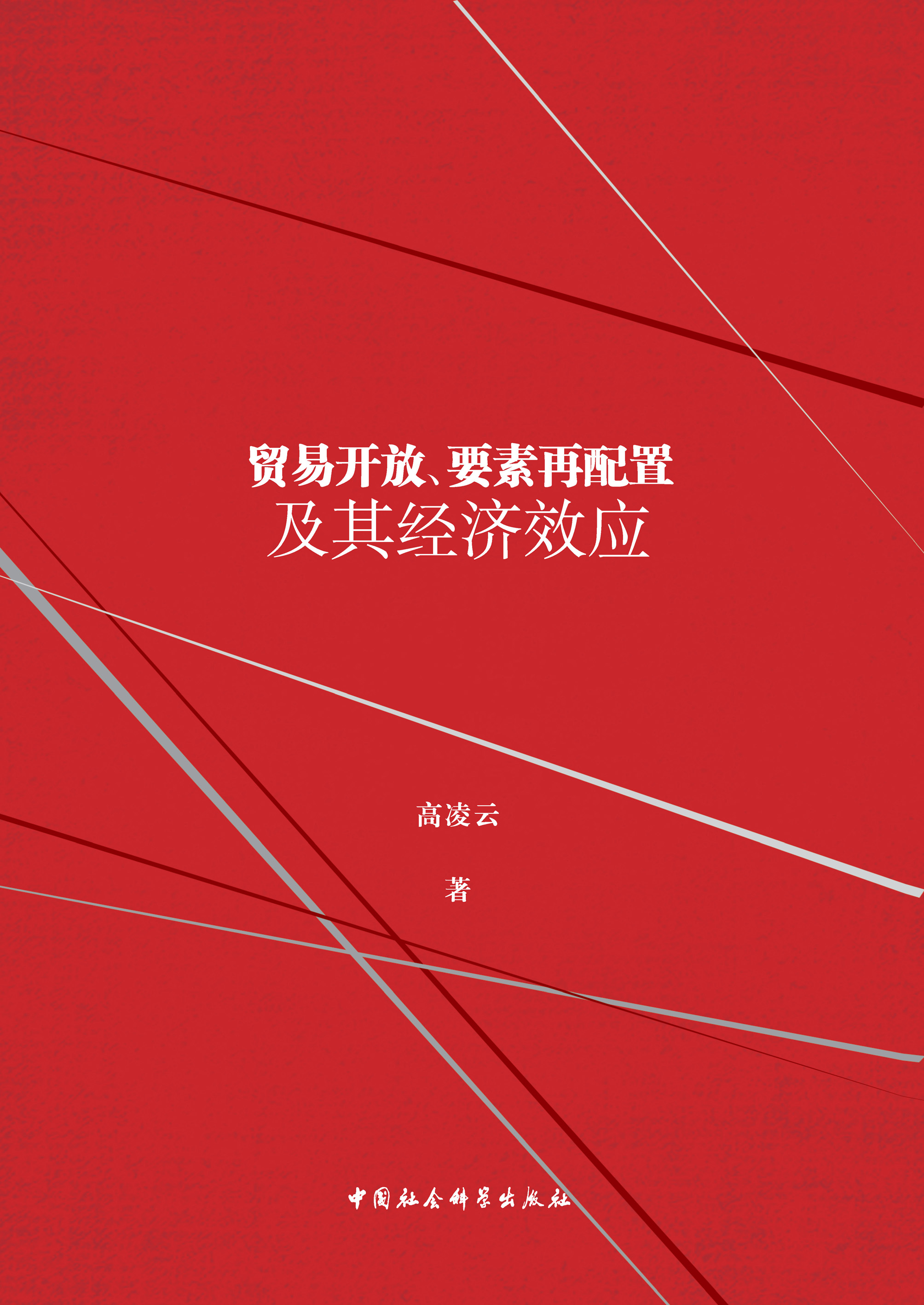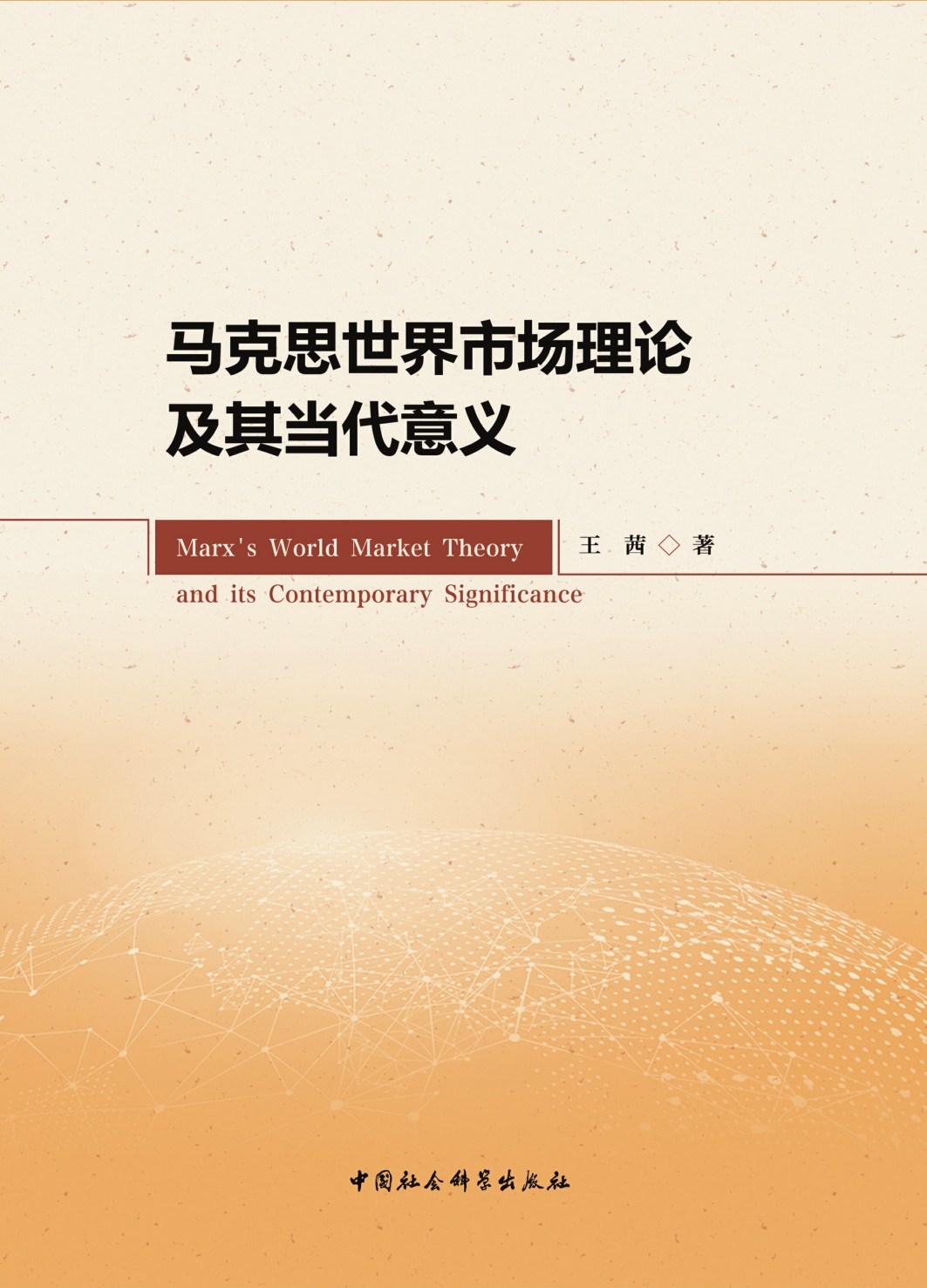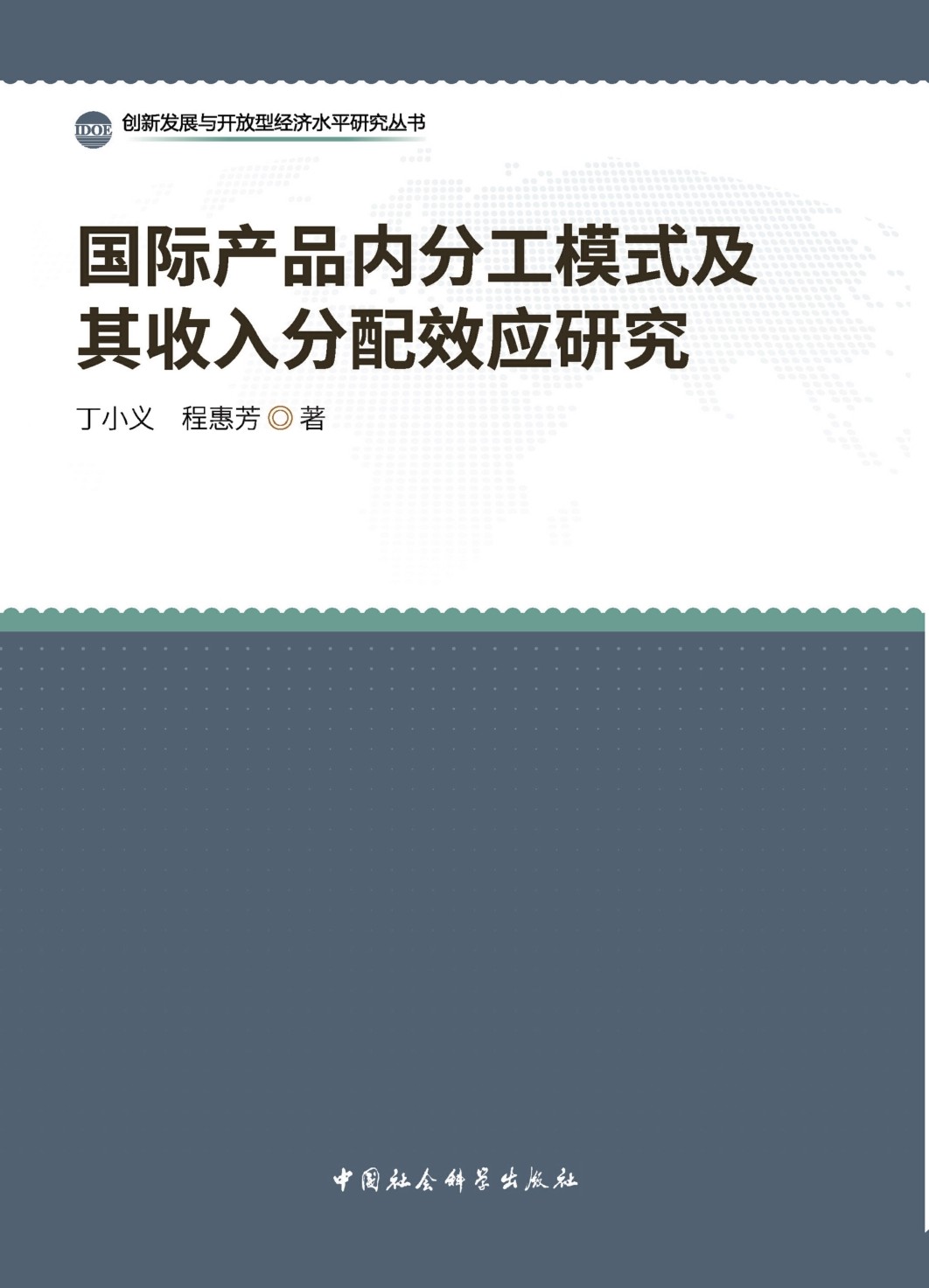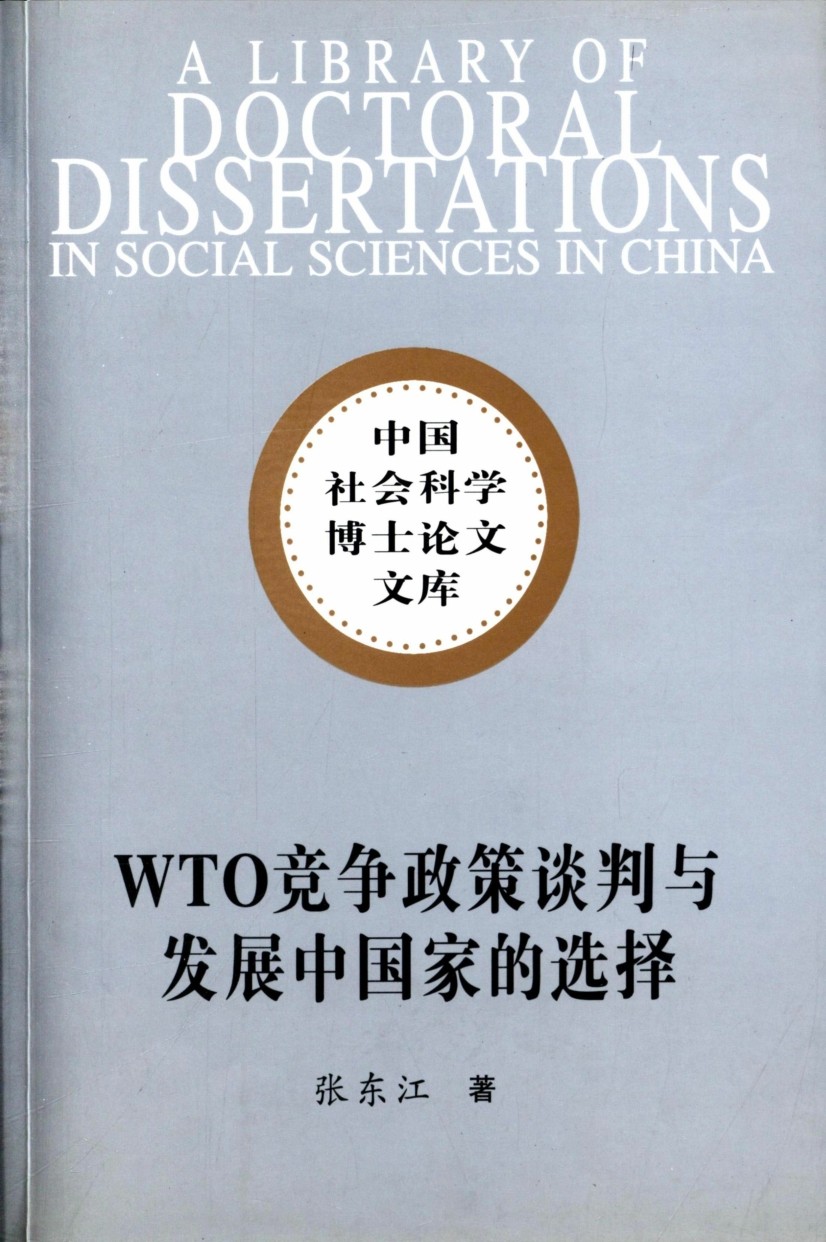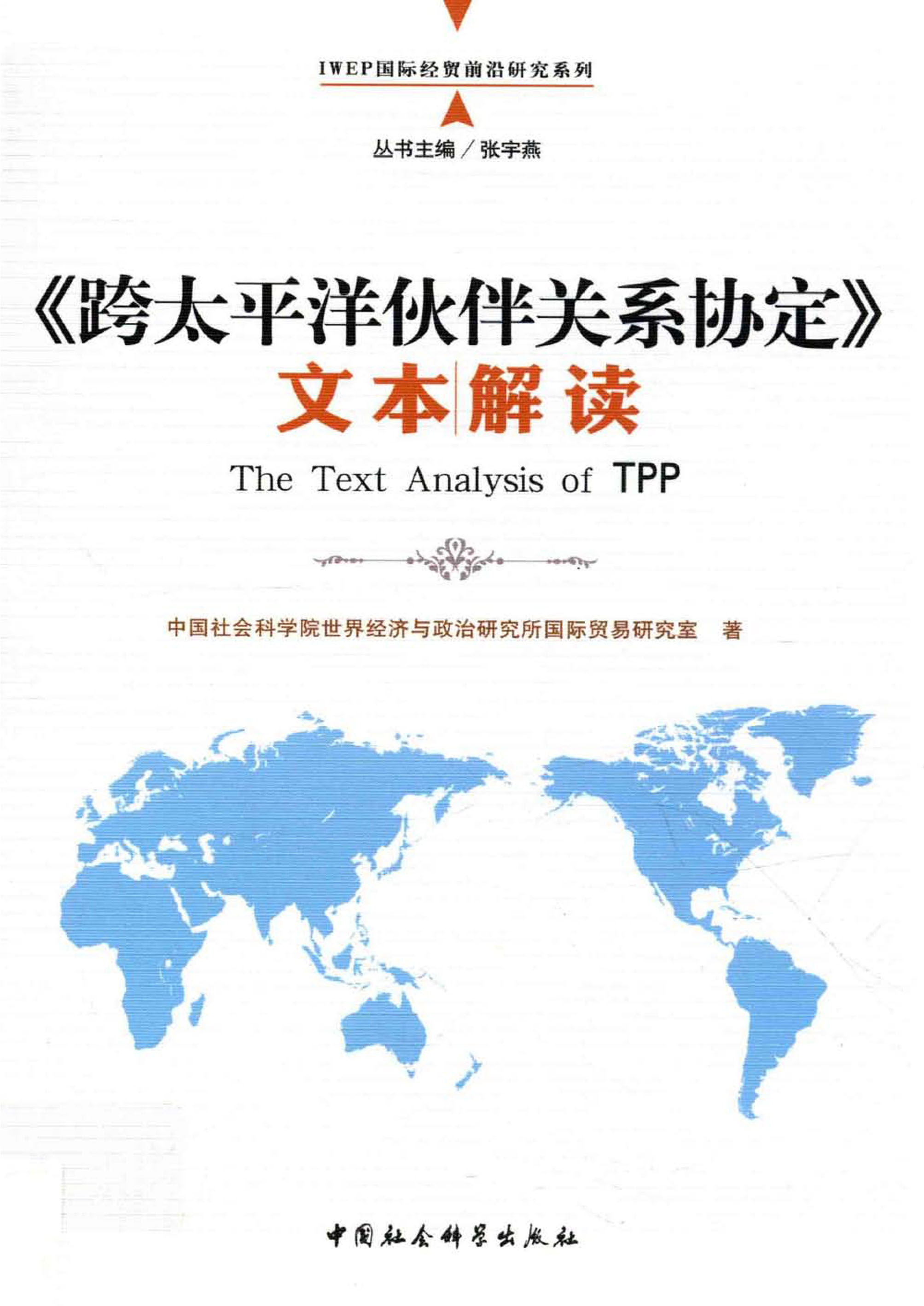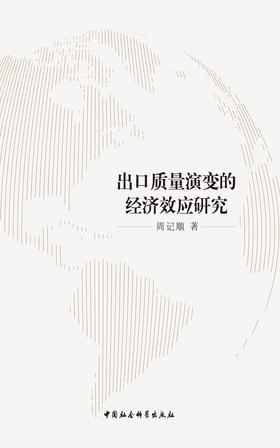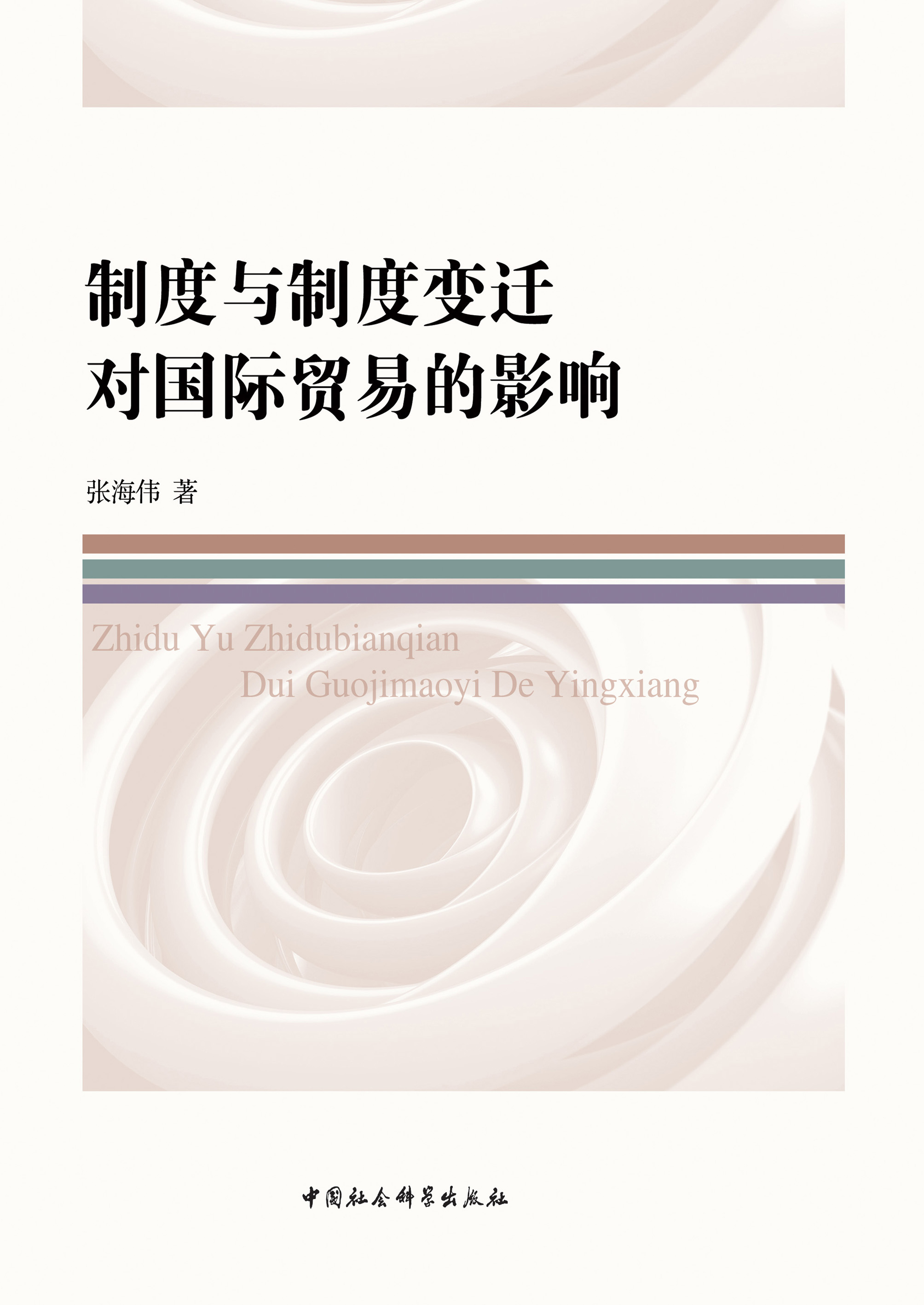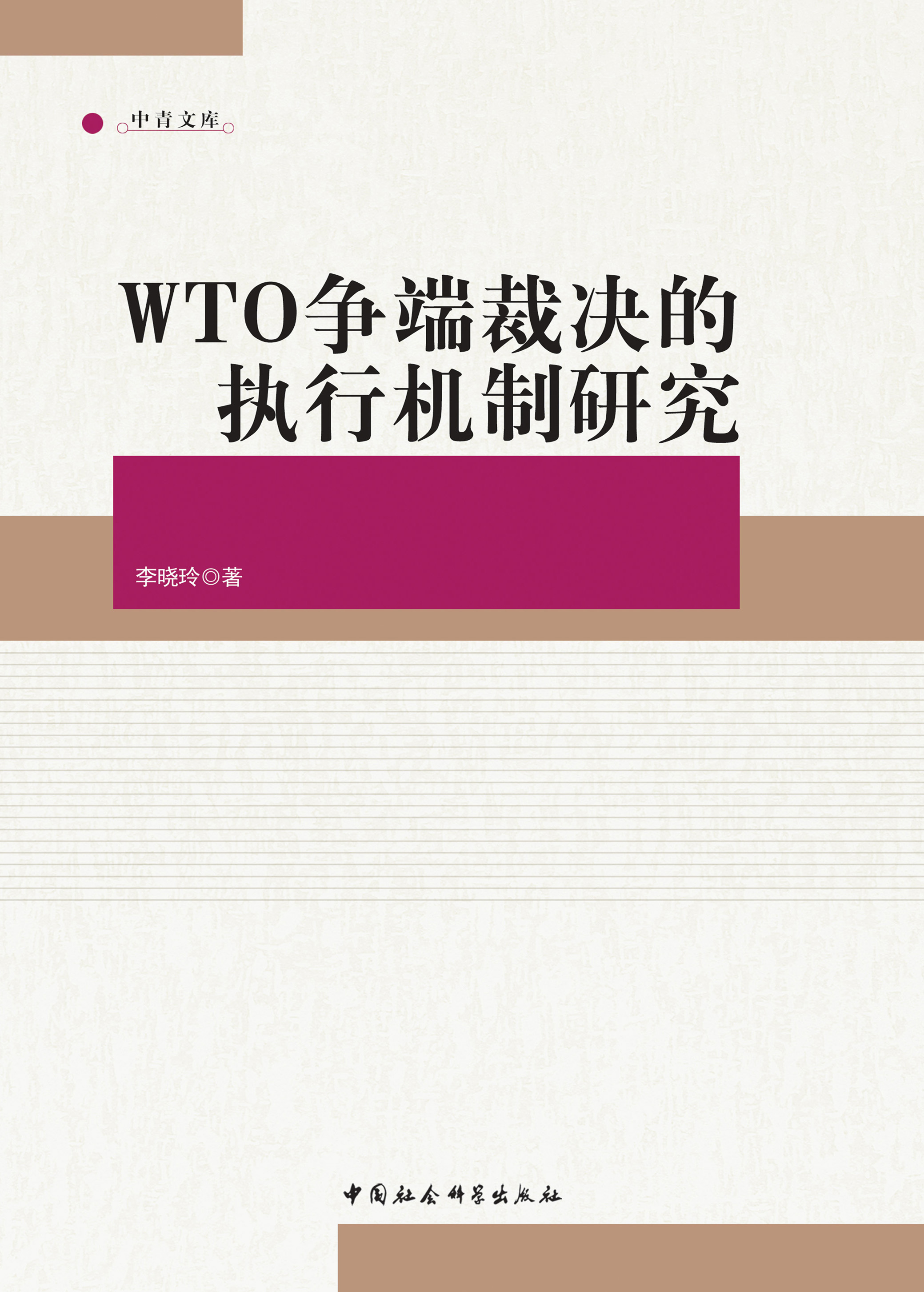内容简介
作者简介
目录
This book considers thefactors reallocation process induced by trade that most trade literature ignores,and relaxes the assumption of no cost in trade adjustment.It specifically considers three aspects:First,whether trade openness brings the reallocation of production factors in inter-industries and intra-industries at the same time?What are the positive economic effects of the induced reallocation of productive factors?Second,if the first question is answered affirmative,what kind of adjustment cost will the induced reallocation of production factors generate?What are the ways(or mechanisms)of these adjustment costs?Third,if we analyze the cost of trade adjustment and weigh the costs and benefits after trade liberalization,will trade openness bring positive economic effect?In view of the above three aspects,using the data at various levels in China,the book draws the following basic conclusions:First,it is like Melitz(2003)from the perspective of enterprise heterogeneity.Based on China' s industry level data,the book finds that import competition caused by trade openness leads to a reallocation process of intra-industry and inter-industry.Among them,about 40% of the productivity effect of import competition can be explained by the induced positive intra-industry reallocation process.The reallocation of the induced factors among industries is not statistically significant.Moreover,the non-significant reallocation is not enough to offset the negative reallocation caused by other reasons.Second,there is a clear functional relationship between the scale of government expenditure and the variables such as trade,risk and induced employment adjustment.Ignoring the induced employment adjustment variables will lead to a serious omission error.Considering the employment adjustment caused by trade liberalization,the traditional compensation hypothesis and the efficiency hypothesis do not explain the impact of trade openness on the scale of local government consumption expenditure.Trade liberalization led to negative employment adjustment,and the expected risk led to a positive employment adjustment,and its intensity exceeded the negative adjustment induced by trade.There is a significant difference in the impact mechanism of trade opening on the different expenditure items of local governments.The positive impact of lagged trade opening on the scale of real investment expenditure is essentially the impact of expected risk induced employment adjustment.But for the actual transfer payment scale of local government,the influence of the lagged trade opening is always not significant.The urbanization rate,the raising rate,the Wagner rule and the expected risk induced employment adjustment have always had significant positive effectsThird,with the deepening of open trade openness,especially the accession to the World Trade Organization(WTO),both from the macro and micro mechanism behind the appearance,our production factors and economic structure have undergone large-scale adjustment,and this change will naturally be reflected in the change in the share of labor income.By decomposing labor income share into internal labor share effect,added value effect,entry effect and exit effect that can fully reflect the dynamic change of enterprises,we can see that there are great differences in the changing direction of the different components of the share of labor income.The negative impact of trade openness on the overall change of labor income share is due to a comprehensive trade-off between the positive effect of the internal share effect and the exit effect,the negative impact of the added value effect and the entry effect.Fourth,there is a significant monotonous increasing relationship between China' s per capita income and export specialization,indicating that China' s exports are becoming more and more concentrated in a few industries.Moreover,this trend is present in our country when the per capita income is far below the international demarcation point.This indicates that the development of China' s export specialization is far beyond its own development stage.In the future,if the per capita income exceeds a certain amount,the export will probably accelerate specialization.Special attention should be paid to such a way of export specialization,which may inhibit the long-term growth of the economy.This shows that the development of China' s export specialization is not enough to offset the cost of economic growth.
全部显示∨
高凌云,男,现任职于中国社会科学院世界经济与政治研究所,并兼任国家邮政局、国家开发银行等部门或机构的咨询专家。长期以来一直从事国际经济和宏观经济方面的研究;2008年毕业于中国社会科学院研究生院财贸系国际贸易学专业,被授予经济学博士学位;2009-2011年在中国社会科学院世界经济与政治研究所理论经济学流动站开展博士后研究;曾主持国家自然科学基金面上等项目;在《经济研究》、《世界经济》、《经济学季刊》、《管理世界》等刊物发表学术论文50余篇;曾获中国社会科学院优秀信息对策一等奖等。
全部显示∨
第一章 绪论第一节 研究背景与意义一 研究背景
二 问题的提出
三 研究意义
第二节 研究方法与结构安排一 研究方法
二 结构安排
第二章 内部发展阶段与外部形势第一节 评价经济发展阶段的理论基础一 整体经济发展阶段划分的理论
二 工业化发展阶段划分的依据
第二节 中国经济发展阶段评价的指标体系一 经济发展的含义:基于中国的视角
二 经济发展阶段评价的标准与指标体系
第三节 中国经济发展所处的阶段一 中国经济发展阶段的演进
二 中国经济发展进入新阶段
第四节 对“十三五”时期国际经济形势的基本判断一 全球经济增长的趋势
二 国际分工的趋势
三 产业结构调整的趋势
四 区域经济一体化发展的趋势
五 贸易保护主义的发展趋势
六 全球经济治理体系变革的趋势
小结 扩大贸易开放、提升再配置效率是现阶段的关键
第三章 贸易开放、要素再配置与生产率第一节 文献综述一 进口溢出与全要素生产率
二 进口竞争与全要素生产率
三 简评
第二节 计量模型推导、变量与数据说明一 计量模型推导
二 变量测度
三 数据说明
第三节 面板单位根与协整检验
第四节 估计方法选择与结果分析一 估计方法选择
二 估计结果与说明
小结
第四章 贸易开放、要素再配置与政府支出规模第一节 文献综述一 对补偿假说的检验与置疑
二 对效率假说的检验与置疑
三 简评
第二节 计量模型、变量测算与数据说明一 计量模型推导
二 变量测算
三 描述性统计
第三节 估计方法选择与计量结果说明一 估计方法
二 计量结果及说明
小结
第五章 贸易开放、要素再配置与劳动收入份额第一节 贸易开放、要素再配置与结构调整一 贸易开放与产业结构变动
二 贸易开放与工业产业的内部分布变动
三 贸易开放与企业动态
第二节 劳动收入份额变动的成分一 分解的思路与方法
二 劳动收入份额及组成部分的变动特征
第三节 贸易开放对劳动收入份额不同部分的影响一 计量方程的设定
二 变量测度及数据来源
三 计量结果及说明
小结
第六章 贸易开放、要素再配置与经济增长第一节 文献评述一 “出口专业化曲线”
二 出口专业化影响经济增长:机制与作用
三 简评
第二节 半参数GAM模型
第三节 变量测算与数据说明一 变量测算
二 数据来源与对应处理
三 描述性统计
第四节 计量结果与分析一 中国出口的专业化曲线
二 出口专业化的增长效应
三 内生性问题及处理
小结
第七章 扩大贸易开放、优化要素配置的战略考量第一节 扩大贸易开放、优化要素再配置的思路一 坚持探索中国特色的对外开放道路
二 全面提高对外开放质量和水平
第二节 扩大贸易开放、优化要素再配置的实施路径一 利用好“一带一路”契机
二 构建开放型经济新体制
三 建设覆盖全球自贸区网络
四 形成对外开放新格局
五 创新对外贸易方式
